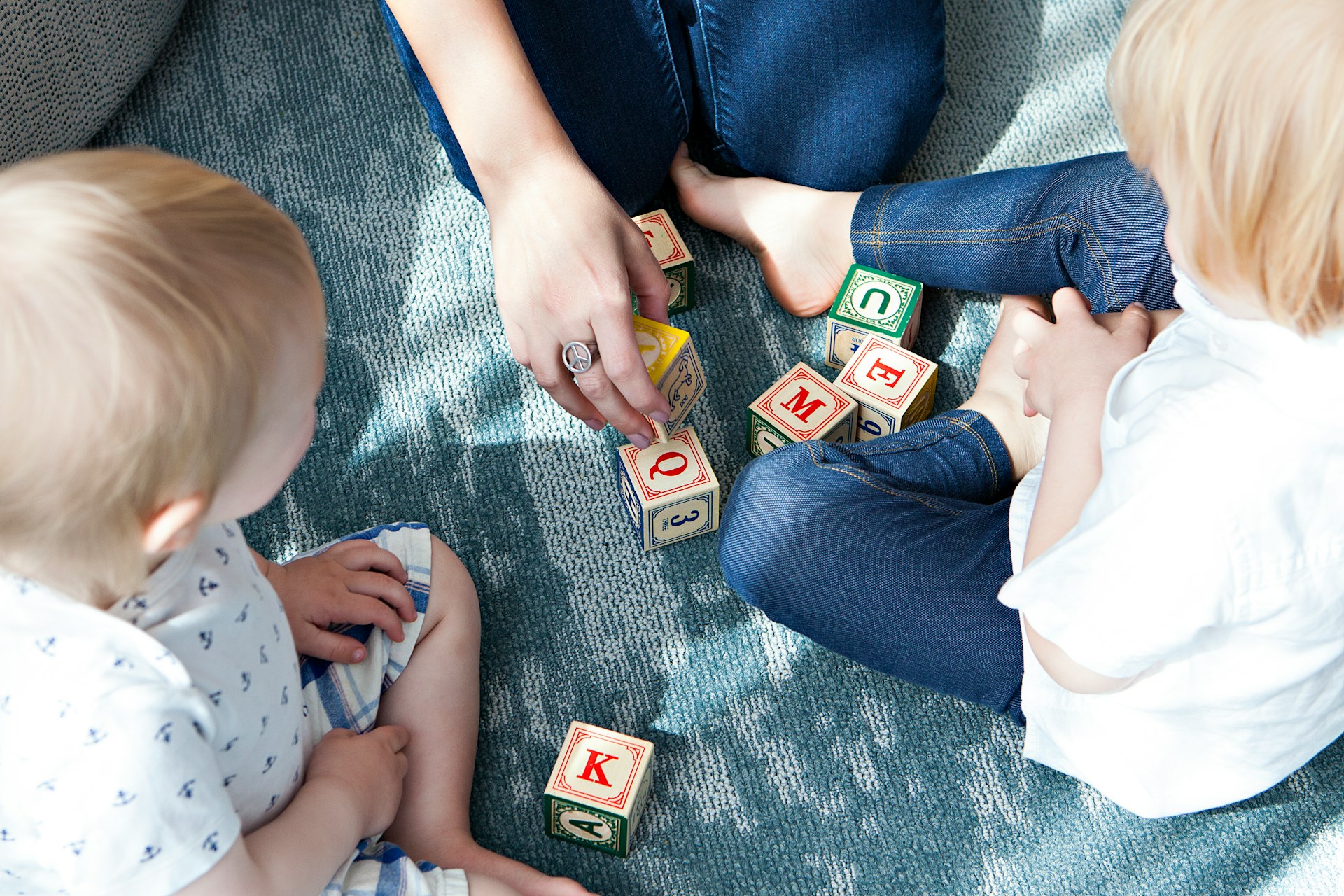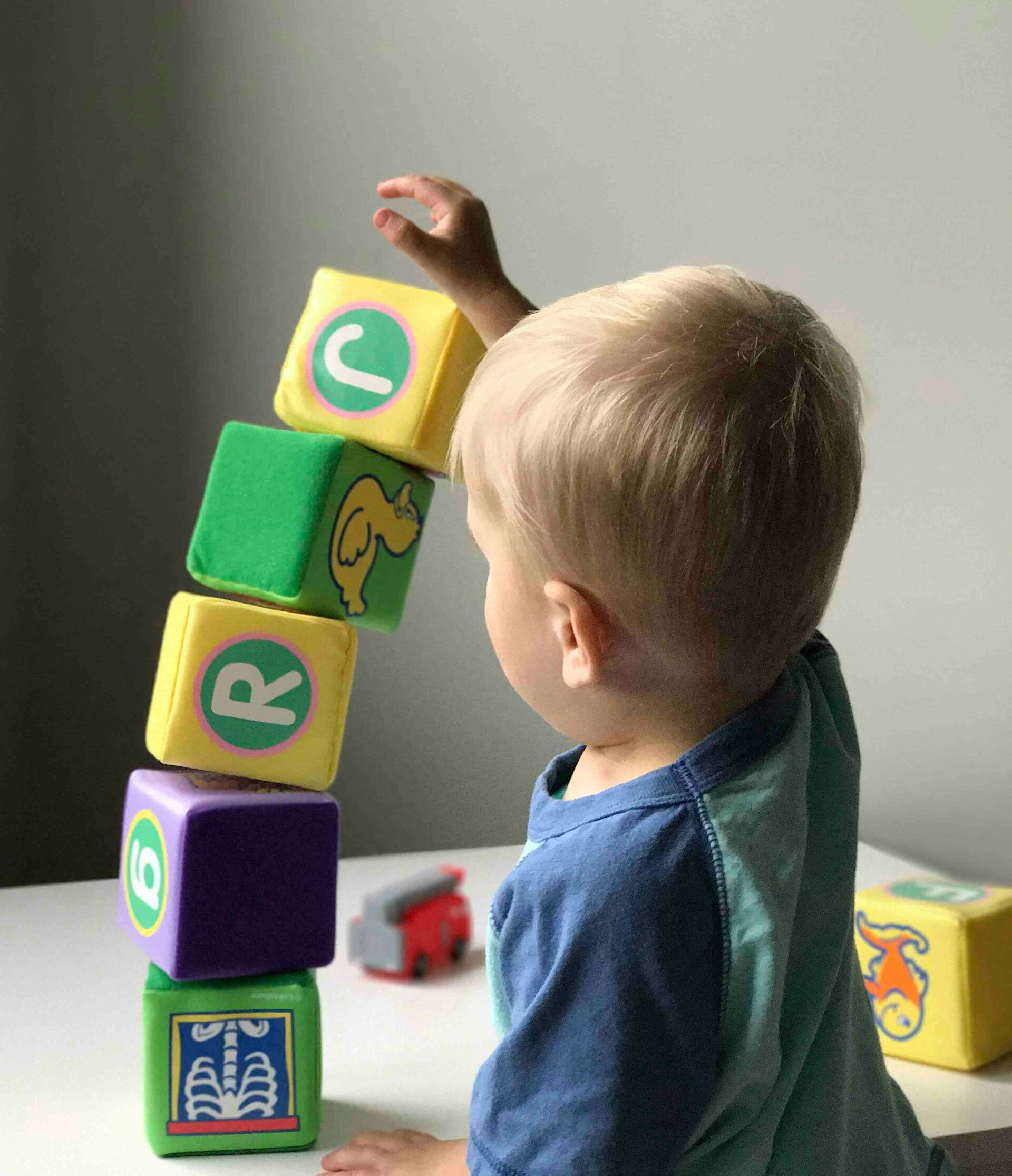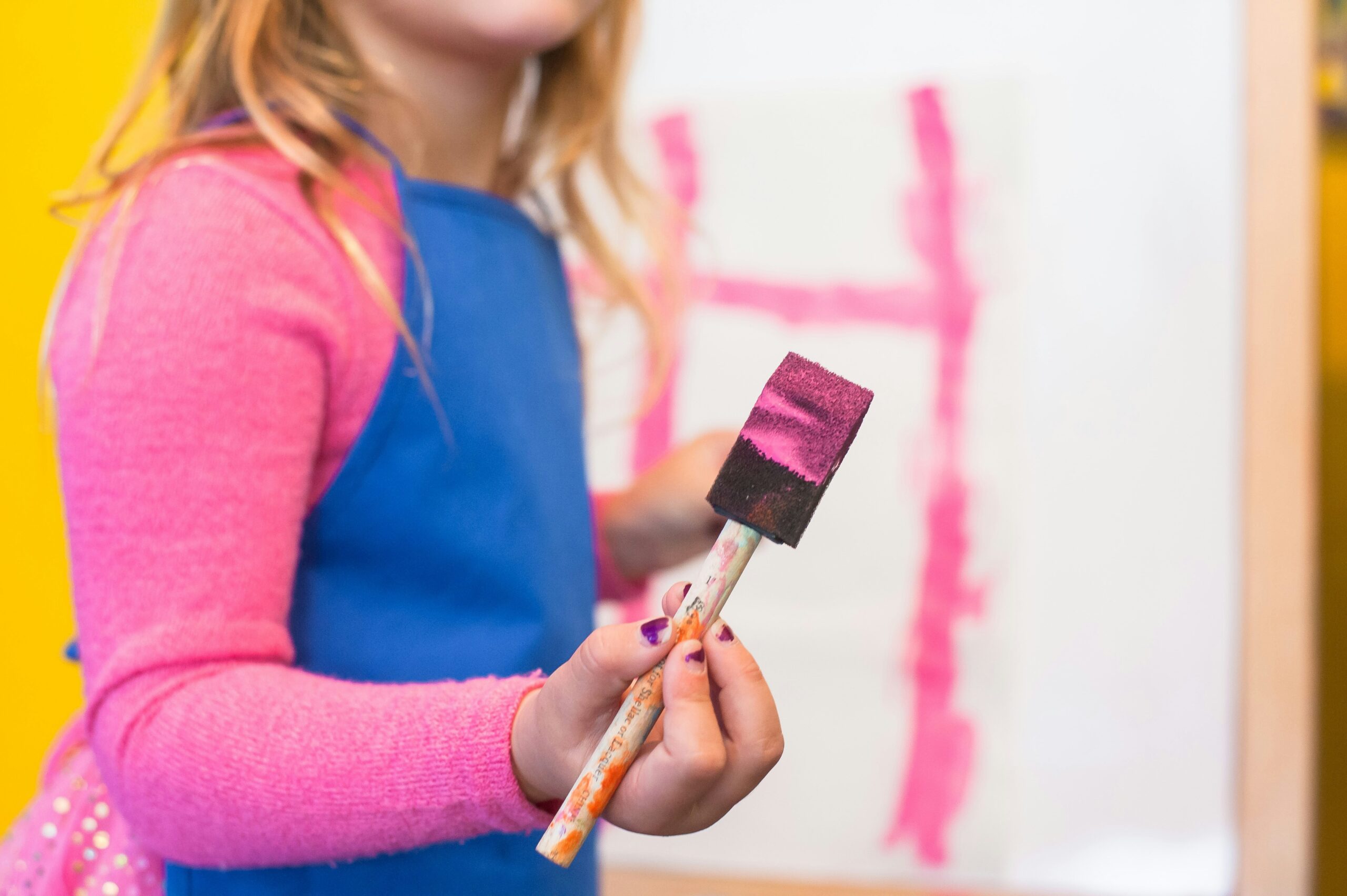Creating a nursery environment that is safe and fun is essential for the well-being and development of young children. In the UK, where regulations and guidelines ensure the highest standards of child safety, there are several key considerations to keep in mind when building the space.
Here’s how you can design a nursery environment that promotes safety, learning, and enjoyment:
Prioritise safety standards:
Begin by ensuring that your nursery complies with all relevant health and safety regulations set out by governing bodies like Ofsted and the Department for Education. This includes things like building safety, hygiene practices, and staff-to-child ratios.
Secure premises:
Conduct a thorough risk assessment of premises to identify and address potential hazards. Install safety features including childproof locks on cabinets, safety gates on stairs, and soft padding on sharp corners to prevent accidents.






